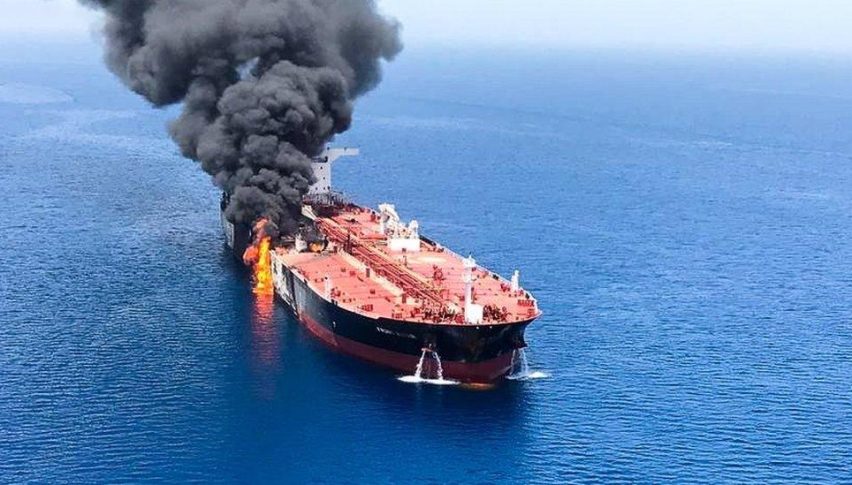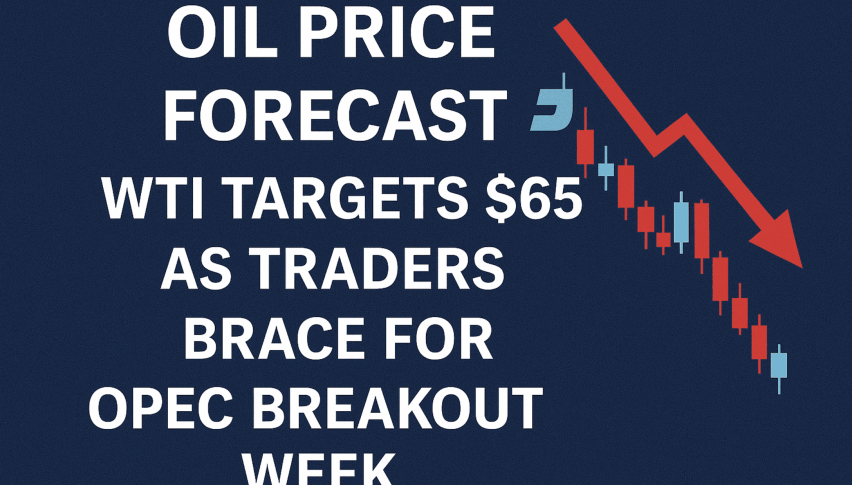Oil Sinks Below $70 a Barrel after Iran Strikes U.S Base
Oil dropped 7% as fears that the conflict would severely disrupt Middle Eastern supplies eased by Iran's response

Quick overview
- Oil prices dropped 7% as fears of Middle Eastern supply disruptions eased following Iran's restrained response to US military strikes.
- West Texas Intermediate fell below $70 per barrel after initial concerns about Iran potentially closing the Strait of Hormuz subsided.
- Temporary airspace closures in Kuwait, Bahrain, and Iraq raised international travel concerns and impacted oil demand.
- The US crude prompt spread increased significantly, reflecting market volatility amid ongoing tensions in the region.
Oil dropped 7% as fears that the conflict would severely disrupt Middle Eastern supplies eased by Iran’s response to US military strikes, which spared energy infrastructure.

Iran launched missiles at a US air base in Qatar in retaliation for President Donald Trump’s airstrikes on three of its nuclear facilities over the weekend
West Texas Intermediate fell below $70 per barrel. Initially, traders worried that Iran might close the Strait of Hormuz, where about a fifth of the world’s oil passes, as retaliation.
According to Qatar, the barrage was halted, and no one was injured. Price swings of roughly $10 per barrel on Monday, first rising 6% and falling even more, underscored tensions and the region’s importance in the world’s energy markets.
In addition, Kuwait, Bahrain, and Iraq announced temporary closures of their airspace, negatively impacting international air travel, raising concerns about demand.
The Oil market faced headwinds following Trump’s social media post warning of rising oil prices and urging the Energy Department to allow more drilling “right away.” “We’re on it,” the agency said
Energy Secretary Chris Wright. Since Israel targeted Iran more than a week ago, the oil market has been in a worsening crisis, with crude benchmarks rising, options volumes surging, and the futures curve shifting to reflect fears of a short-term supply disruption.
The US crude prompt spread, the difference between its two nearest contracts, rose from $1.18 on Friday to $2.24 per barrel in a bullish backwardation structure. The closely monitored metric later retraced a significant portion of that movement. The historic US strikes were intended to impede Iran’s nuclear program.
- Check out our free forex signals
- Follow the top economic events on FX Leaders economic calendar
- Trade better, discover more Forex Trading Strategies
- Open a FREE Trading Account


